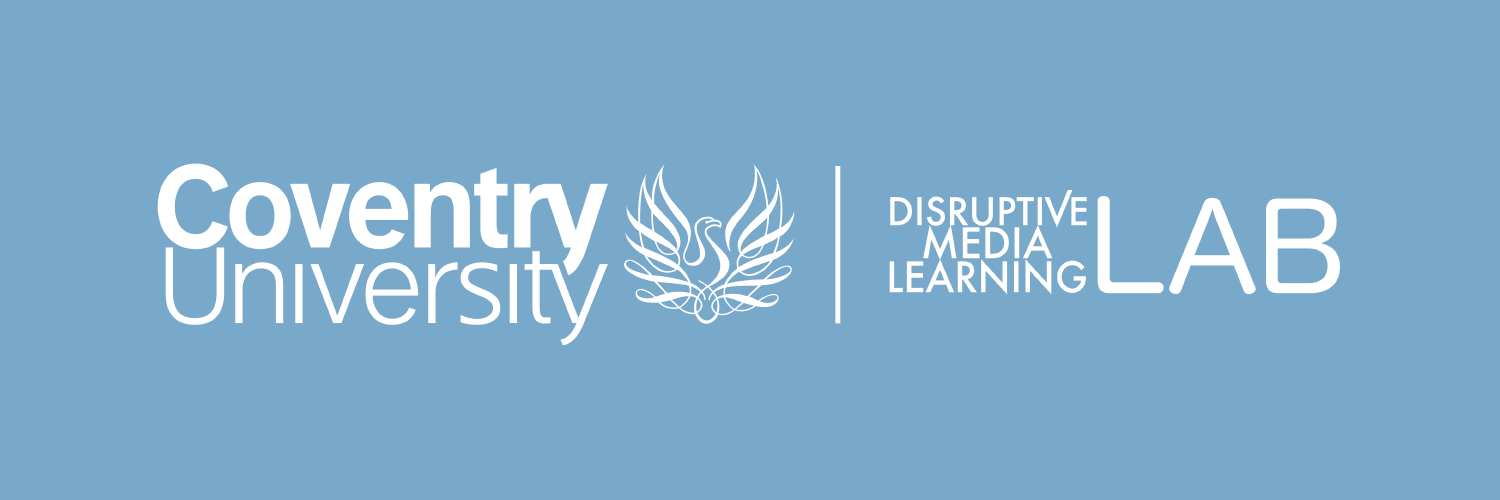CU Course Design SPRINT
What is a CU Course Design SPRINT?
The five-day CU SPRINT is a rapid prototyping exercise based on the Google Ventures (GV) Sprint methodology. The five-day CU SPRINT is designed specifically for accelerated design, development, and viability testing of Higher Education degree programs. Starting with the ideal graduate and working backwards, by the end of the process the Course Development Approval and Review (CDAR) paperwork will be complete, with the course design ‘tested’ by current students on similar programmes of study.
Disruptive Humanities: A SPRINT Case Study
The CU SPRINT Process
Expectations of Participants
The purpose of the CU SPRINT is to rapidly develop and prototype course ideas. This means each participant must to be willing to follow a common set of guidelines designed to make the process as efficient and effective as possible.
-
Willingness to compromise. There will be spaces in which you may disagree with some of the ideas proposed. We encourage you to argue your point, however compromise will usually be inevitable at some point in the process.
-
Attendance. The CU SPRINT runs over four solid days, with an optional fifth day. Each section focuses on a different element and in order to get the most out of the process you need to be involved in all activities.
-
Focus – Focus on the problem in hand and remove any distractions from the space. This includes a no email rule, and if you must make a phone call leave the space to do so. SPRINT is a compressed problem-solving model, and relies on a laser focus by all participating.
-
Time – The four-day process is challenging and tiring. Ensure participants you time to unwind and clear your mind at the end of each day. You may be tempted to answer emails and continue with business-as-usual activity but our advice is to set an out of office and only respond to urgent emails.
-
Contribution – All ideas are equal. Regardless of hierarchy in the workplace, CU SPRINT is about teasing out the best ideas from all involved. If someone has a good idea, encourage them to share it. Bringing different perspectives from different levels of responsibility is core to ensuring an end product which works for all involved.
-
Don’t be Precious – If ideas are suggested which will take longer to explore, note them down and come back to them later. The CU SPRINT is about the creation of a Minimum Viable Product (MVP). Time is of the essence, and as such there won’t be time to deep-dive every idea discussed.
Pre-Sprint: Setting the Scene
The Pre-SPRINT meeting is an opportunity to understand the CU SPRINT process, expectations of the sessions and to ask any questions you might have.
Pre-SPRINT meetings usually cover the following:
-
Understand an overview of the CU SPRINT process and rationale;
-
Identify key stakeholders (Course Team, Group Quality Unit, Academic Development etc.);
-
Discuss key drivers for course design (accreditation, placement etc.);
-
The role of the facilitator;
-
Responsibilities of the course team;
-
Expectations for the process.
Day One: Monday

Day one of the CU SPRINT focuses on unpacking the course content and looking at what type of graduate you are aiming to produce. The day will empower you to deep-dive your ideas and develop a collective vision; and definition; of what success looks like. This will be vital when developing the structure and content of the course itself. Day one will explore the strengths and opportunities of the course, and provide the time to develop a set of six to ten comprehensive course learning outcomes to frame the development of the course structure.
At the end of the session you will be provided the opportunity to end the process if it isn’t working for what you need it to.
Participants Required: Course Team, CU SPRINT Facilitator.
Suggested Participants: Group Quality Unit, Academic Development.
Day Two: Tuesday

Day two builds on the initial ideas explored in day one. You will begin mapping out the chronology of the course and designing an assessment strategy. This is an opportunity for you to collectively design key elements of the curriculum, from modules, to themes, to assessment types. It is important for the entire course team to be involved in the design of the course structure.
Participants Required: Course Team, CU SPRINT Facilitator.
Suggested Participants: Group Quality Unit, Academic Development, Subject Librarian
Day Three: Wednesday

Day three explores the market viability of the course and makes a start on the Course Specification documentation. Collectively, the you will develop a mock website or prospectus, in the process considering what the unique selling point of the course is and how you can communicate it to potential students. They will also start working on the course documentation paperwork, producing the introduction and ethos based on the last few days work. This day is not about producing a website/prospectus, but about producing the content which might be used to market the course to students. Your role is to provide the platform in which they can rapidly re-design their thoughts as the conversations progress. Encourage the course team to think like students, removing as much academic language as possible. This is about ensuring the product is accessible and understood by the target audience.
Participants Required: Course Team, CU SPRINT Facilitator.
Day Four: Thursday

Day four is centered around the formal documentation required for course approval. In real time, you’ll help the course team to collaboratively fill out the documentation, referring back to their initial ideas and the visual diagrams around the room. This is about communicating the ethos of the ideas to both the University and the wider public. Encourage the course team to look back at what they have designed over the past few days and draw this into the documentation. Become the critical friend who keeps referring back to the idea graduate, and ask the team how their decisions shape that individual.
Participants Required: Course Team, CU SPRINT Facilitator.
Suggested Participants: Group Quality Unit, AHoS Student Experience, AHoS Quality.
Day Five: Friday
The optional fifth day of the process user-tests the course developed over the last week. Stakeholders from a range of backgrounds and experiences will pick apart your course design. Don’t be disheartened by this. It’s better to build in the feed-forward this provides to ensure the course design is solid and relevant when it goes to market. There will be an opportunity to amend the course during the afternoon before finishing the SPRINT process.
Participants Required: Course Team, CU SPRINT Facilitator.
Suggested Participants: Current Students, Alumni, Wider Course Team, Accrediting Bodies
Post-SPRINT
At the end of the process, the facilitator will capture all of the artefacts and share a link to an online space containing photographs of the session, photos of the artefacts produced, and your Course Specification documentation. You may be asked to complete an online evaluation form designed to measure the efficacy of the CU SPRINT process. This is an optional activity and will in no way affect your ability to engage with the CU SPRINT, Disruptive Media Learning Lab (DMLL), or wider University.
To complete the evaluation activity please visit: dmll.org.uk/research
Tools and Resources

Facilitator Guide
The facilitator guide to the CU SPRINT provides an overview of how to run a course design sprint. It acts as a reference point for facilitation throughout the process.

Participant Guide
The participant guide provides a reference point for those involved in the sprint process. It acts as an overview and sets the scene for the expectations of the process to come.

Resource List
Use this checklist to make sure you have all the equipment needed to run a CU SPRINT. Some specialist equipment such as sprint timers may in cases be borrowed from the DMLL.

Crazy Eights
The Crazy Eights exercise can be used early on in the SPRINT process to rapidly prototype ideas.

Dot Mapping
The dot mapping exercise provides a corner stone of the CU SPRINT process.

Case Study
Watch a case study on SPRINT from Darren and Brett in the School of Humanities.
